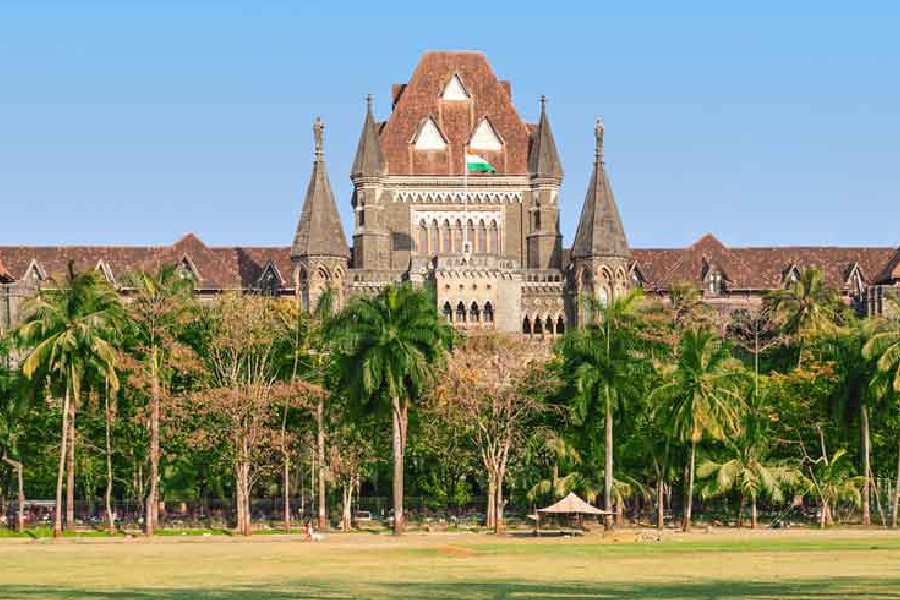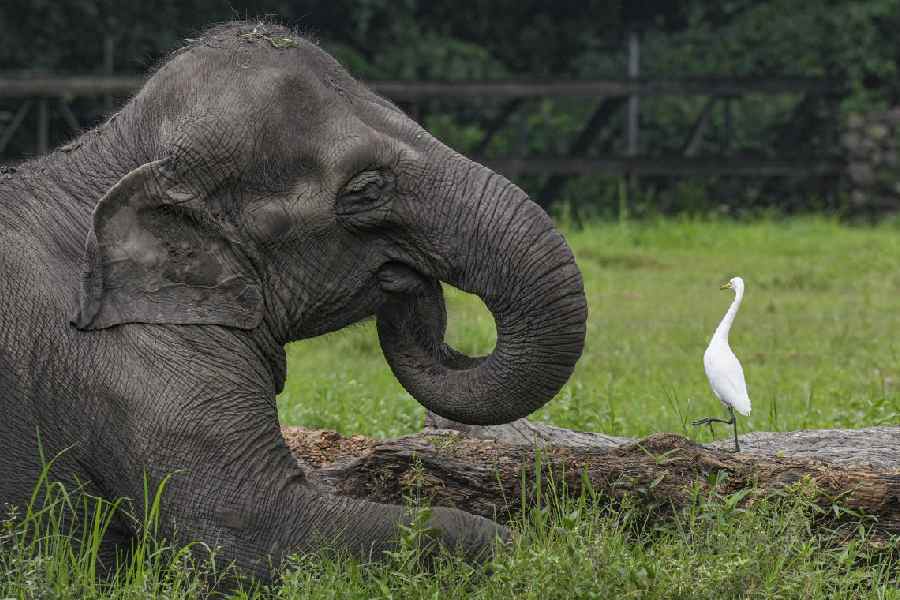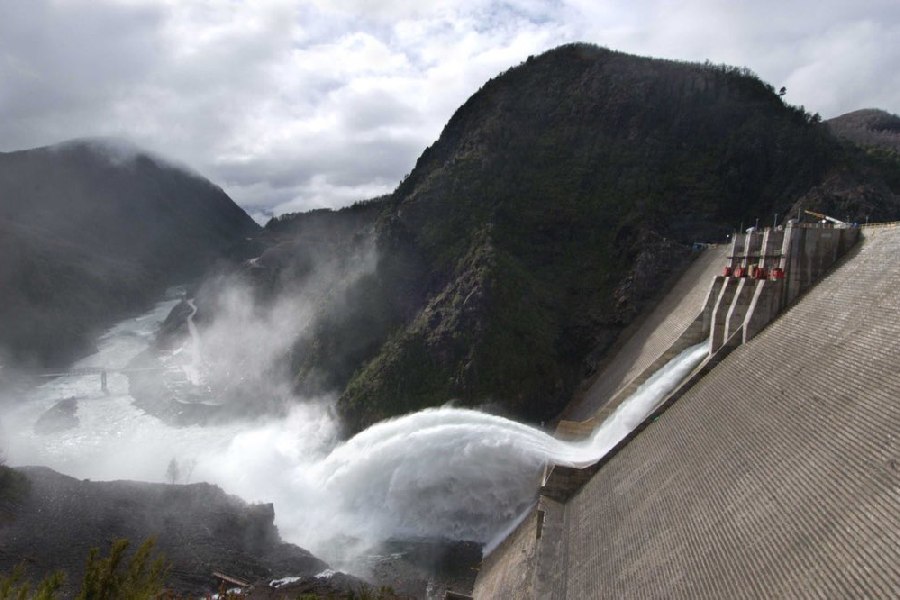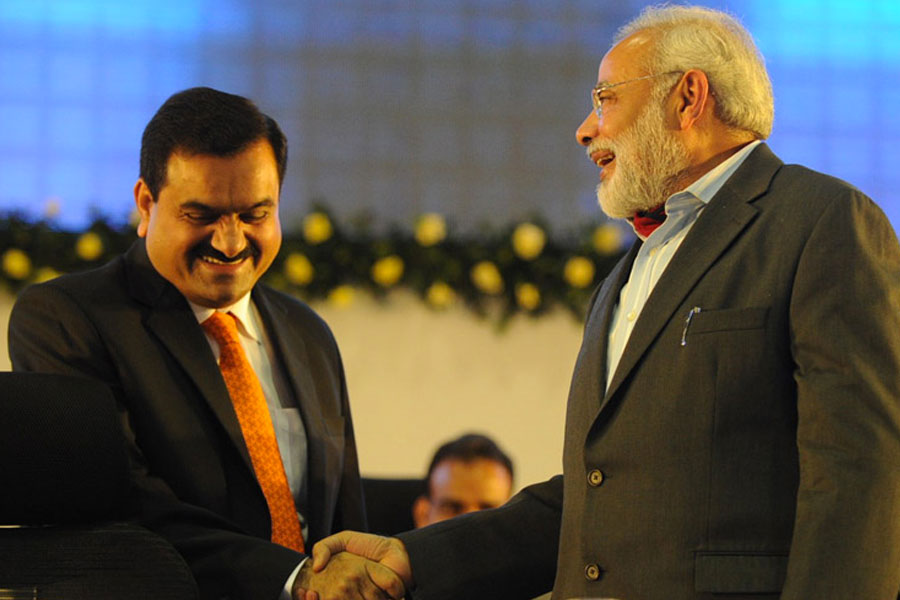
Most of us know that the Calcutta Zoological Garden was the first of its kind in India but very few are aware that the first superintendent of the zoo was an Indian called Ram Brahma Sanyal. He was appointed as an ordinary worker at the zoo in 1876, probably on the recommendation of botanist George King, superintendent of the Shibpur Botanical Garden. King was then landscaping the Alipore zoo.
The story of how Sanyal met King is rather interesting. Born in Mahula village in Murshidabad district, Sanyal passed out from Berhampur College and joined Calcutta Medical College, where King used to teach botany. The talented young man had to give up the study of medicine because of severe trouble with eyesight; he veered towards botany.
At the zoo, Sanyal used to look after the animals and the visitors as well as the landscaping. Within the year, his efficiency and hard work earned him the post of head clerk with a salary of Rs 40 per month - quite a sum in those days.
In 1877, the managing committee of the zoo decided to start a "daily register" to record the behaviour of each inmate. This responsibility too fell to Sanyal, though he did have three European experts guiding him for a year. He had a keen sense of observation and kept meticulous daily records. Meanwhile, unable to find a suitable European to superintend the zoo, the committee elevated Sanyal to that post. Now he was tasked with the supervision of animals, visitors, records and construction of new buildings. In 1883, he took up a project to cross breed the Jersey cow with its Indian counterpart. Like most of his projects, this one too was a success.
It was also around this time that Sanyal started writing essays on animals in Bengali children's magazines such as Sakha and Mukul. He also published a Bengali textbook called Bigyan Path.
On the 10 anniversary of the daily register, the authorities requested Sanyal to write a series of papers based on his observations. The then Lt Governor of Bengal Sir Stuart Colvin Bailey also suggested he write a book that would help people take better care of animals in captivity. This led to the seminal A Handbook of the Management of Animals in Captivity in Lower Bengal. Published in 1892, the book has two sections - the first one features 241 mammals while the second part enumerates 402 types of birds. This monumental work made him famous overnight among biologists. W.T. Blanford, vice-president of the London Zoological Society, praised it highly as did the journal Nature.
In 1895-96, Sanyal and Dr John Anderson started work on finding an antidote to snake bites using snake venom. In June 1898, he was sent to Europe to visit various zoos and participate in the fourth International Congress of Zoology at Cambridge. There he presented his observations on animal behaviour, including birth of animals in captivity. In 1889, he had helped in the procreation of a rare Sumatran Rhino. Just how rare a feat this was can be understood from the fact that it was repeated only in 2001 in the Cincinati zoo in the US.
On his return, Sanyal was awarded the title of Rai Bahadur. He also became an associate member of the Calcutta Asiatic Society where he lectured regularly, apart from writing for its journal.
In 1906, Sanyal fell ill and put in his papers. A suitable replacement could not be found so he had to go back to work. He carried on his venom research and also conducted postmortems to figure out the cause of death of animals. The man who put Calcutta zoo on the world map died in his office on October 13, 1908. He was 58 years old.
It is unfortunate that this scientist of international repute, who made such immense contributions to the field of zoology as a naturalist and zookeeper, has been forgotten by his countrymen. It is time we resurrected both the scientist and his work.
The writer is a science historian and author of Science and Nationalism in Bengal











